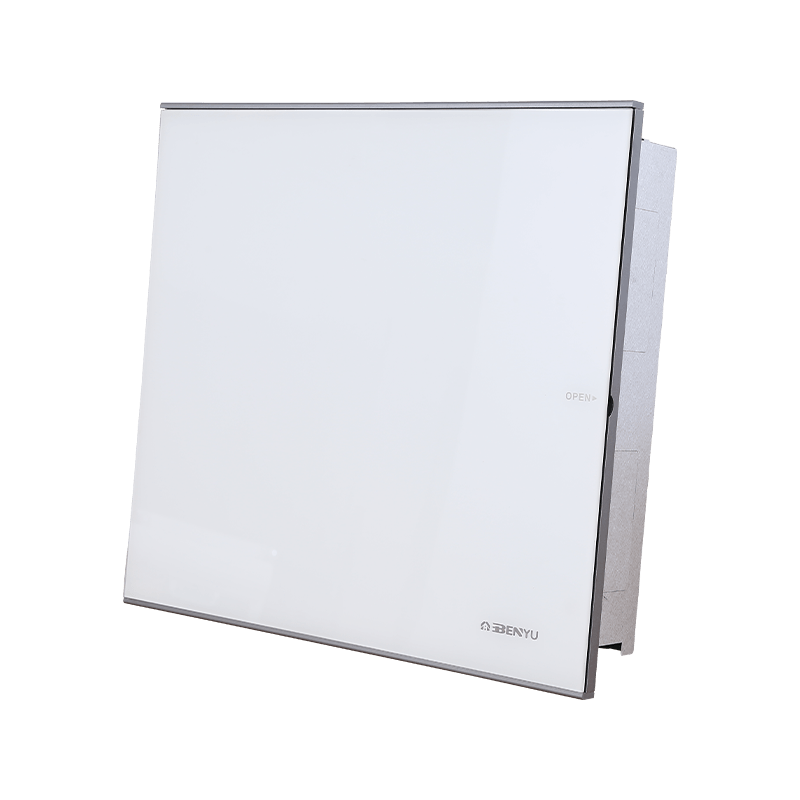Smart climate control has become an essential part of modern living, particularly in systems that rely on an Underfloor Heating Intelligent Controller to maintain comfort and energy efficiency. When paired with durable installation accessories like a Tube Bend Support, the entire heating setup functions with improved stability and precision. For homeowners or project engineers considering upgrades or new installations, understanding which controller features truly make a difference can help ensure temperature control and long-term system reliability.
Smart Temperature Regulation and Adaptive Learning
An Underfloor Heating Intelligent Controller equipped with adaptive learning technology can observe usage patterns and gradually adjust heat output according to the user’s daily routines.
In many residential and commercial projects, the challenge lies in balancing warmth with efficiency. Intelligent sensors within the controller continuously monitor floor and room temperatures, making subtle adjustments without requiring manual input. The result is a stable environment where heat is evenly distributed across the surface, preventing hot or cold spots. When combined with proper installation aids, such as Tube Bend Support components, the heating pipes maintain correct alignment and curvature, ensuring smooth water flow and preventing mechanical stress that could affect long-term performance.

Intuitive Interface and Remote Control Options
Ease of operation is another key consideration when choosing a controller. Many contemporary models now feature touchscreens, app-based monitoring, or wireless connectivity that allows users to manage settings remotely. Whether it’s adjusting the temperature before arriving home or monitoring energy consumption while away, such flexibility helps users stay in control of their environment.
These systems often integrate with smart home platforms, offering compatibility with voice assistants and centralized hubs. This not only improves user convenience but also allows for data-driven adjustments, such as seasonal programming or occupancy-based heating cycles. While technology enhances usability, it’s equally important that the interface remains simple enough for anyone to operate without complex configurations.
Precision Control Through Zoning and Scheduling
For larger spaces or multi-room systems, zoning capability within an Underfloor Heating Intelligent Controller becomes a major advantage. Zoning allows users to divide their property into separate temperature control areas, each with its own schedule and comfort level. This ensures that energy is directed only where and when it is needed.
For example, a family might keep living areas warm in the evening but lower the temperature in unoccupied rooms. The scheduling function ensures that transitions between temperature levels occur smoothly, aligning with daily activities. When the system is properly supported by stable piping installations, aided by Tube Bend Support fittings, it maintains uniform heat transfer across all zones, preventing inefficiency caused by uneven flow.
Safety and System Protection Features
Safety remains a priority in any heating system. A high-quality controller typically includes built-in protections such as overheating prevention, system error alerts, and automatic shutdown mechanisms. These safeguards help protect both the user and the underlying components, including the floor structure and water circulation system.
Moreover, the Tube Bend Support plays an indirect yet crucial role in maintaining system integrity. In combination, the intelligent control system and mechanical supports create a more dependable heating infrastructure with fewer maintenance requirements over time.
Installation Considerations and Long-Term Benefits
Selecting the right controller is only part of the process; correct installation ensures that its features perform as intended. Professionals often recommend placing sensors at floor level for accurate readings and ensuring consistent spacing of the heating tubes, supported by Tube Bend Support brackets. These installation details contribute to system responsiveness, allowing the controller to react quickly to temperature fluctuations.
Over time, such careful integration can reduce energy waste and extend the lifespan of both electronic and mechanical components. Users benefit from stable indoor climates and more predictable energy bills, while maintenance teams find it easier to diagnose or adjust system parameters when needed.

 Language
Language













 Qigang Road, Huanghuaguitou Industrial Zone, Liu Shi Town, Yueqing City, Wenzhou City, Zhejiang Province
Qigang Road, Huanghuaguitou Industrial Zone, Liu Shi Town, Yueqing City, Wenzhou City, Zhejiang Province 



